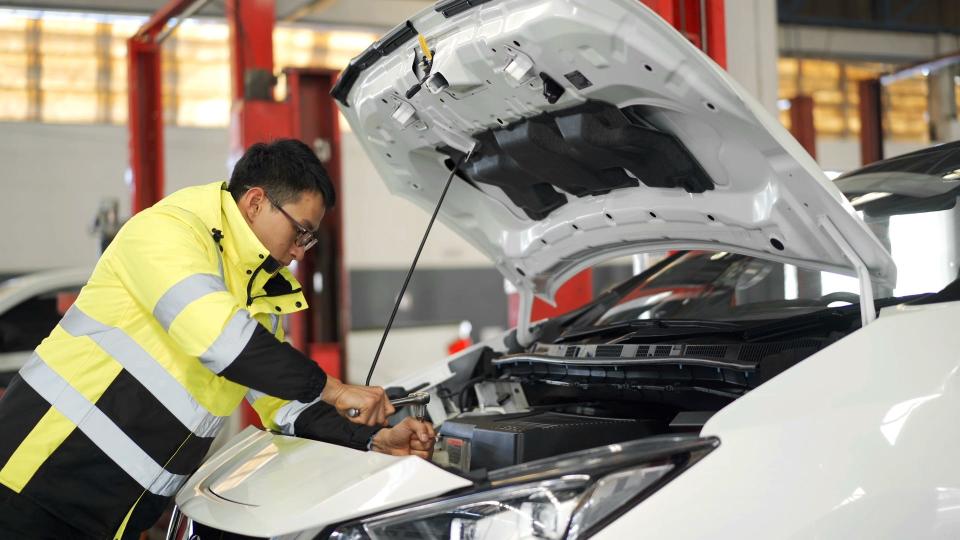Biden announces new tariffs on China. What does that mean to consumers? Tariffs explained
- Oops!Something went wrong.Please try again later.
President Joe Biden is announcing a significant raise in tariffs on various Chinese goods, including steel and aluminum, batteries, and electric vehicles, USA TODAY is reporting.
So, what is a tariff? And what will a tariff increase mean to consumers? Here's what to know.
What is a tariff?
A tariff is a tax on imported goods, levied by the government, according to the International Trade Administration.
The goal of a tariff is to support local industry by raising the prices of imported goods, making them more expensive than their domestically produced alternatives, according to Investopedia.
Who pays the tariff?
Ultimately, the customer pays the tariff through higher prices.
Initially, tariffs on imports coming to the United States are collected by U.S. Customs and Border Protection on behalf of the U.S. Commerce Department, according to Investopedia. From there, the increased cost gets passed along to U.S. consumers.

Why are tariffs used?
Tariffs are often used to protect young industries and developing economies, according to Investopedia. However, they are also used in established economies with developed industries for a variety of reasons, including:
Protecting domestic employment. Competition from imports can hurt domestic companies, leading to layoffs or shipping work overseas to cut costs. All of which increases unemployment.
Protecting consumers. A tariff could be levied against imported meat, for example, if there are fears that meat has been contaminated.
Infant industries. This type of tariff is common in developing nations trying to foster growth in their domestic industries.
National Security. These barriers are common to protect industries that are strategically important, such as defense industries and those supporting national security.
Retaliation. Tariffs can be used as retaliation if countries believe a trading partner is not playing by the established rules.
Retaliation seems to be the reason for the new tariffs against China. The Biden administration is accusing China of flooding the markets with goods at artificially low prices, USA TODAY reports, putting U.S. manufacturing at a steep disadvantage.
What's on the list of new tariffs against China?
As reported by USA TODAY, Biden will announce the new tariffs in a speech on Tuesday. These include:
The tariff rate on electric vehicles imported from China will increase from 25% to 100% beginning this year.
The rate on semiconductors from China will increase from 25% to 50% by 2025.
The tariff rate for lithium-ion batteries from China used in electric vehicles will increase from 7.5% to 25% this year, while the same rate will apply to all other lithium-ion batteries in 2026. The tariff rate for battery parts will also increase to 25% this year, as well as critical minerals used to make batteries.
The tariff on solar cells imported from China will increase from 25% to 50% this year.
The tariff rate on steel and aluminum products will increase from 0%–7.5% to 25% this year.
The rate on ship-to-shore container cranes imported from China will increase from zero to 25% this year
The tariff rates on hospital syringes and needles made in China will increase from zero to 50% this year. Rates for personal protective equipment such as face masks, certain respirators and surgical gloves will also increase by 25%.
This article originally appeared on Record-Courier: Biden to set new tariffs against China. What is a tariff? What to know

